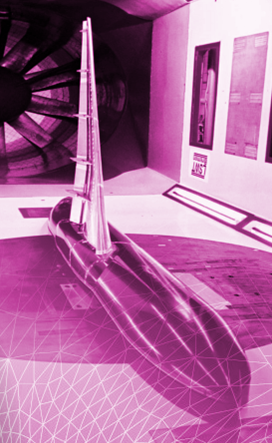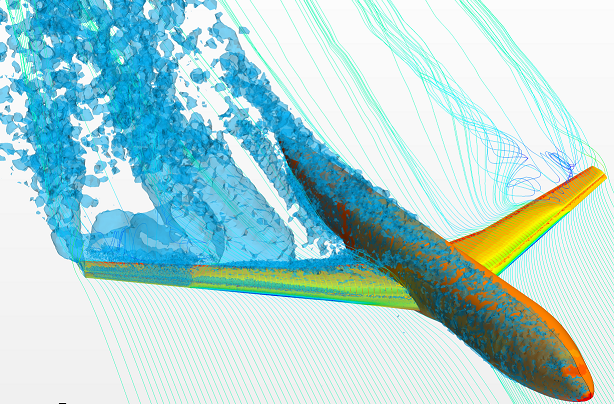The aerodynamic analysis on the DLR-F11 high lift configuration model has been performed on the supercomputing grid infrastructure SCoPE of the University of Naples Federico II.
The model geometry is representative of a wide-body commercial aircraft, which experimental investigations at high Reynolds number have been performed at the European Transonic Wind-tunnel (ETW)
for the 2nd AIAA High Lift Prediction Workshop. The commercial CAE package Star-CCM+ has been used to solve the Reynolds-averaged Navier-Stokes equations.
Inviscid, viscous incompressible, and compressible analyses have been performed with mesh refinement.
The inviscid calculations have been used to assess how far is the eulerian prediction from experimental data.
Viscous and compressible calculations have been realized using the Spalart-Allmaras turbulence model at 0.175 Mach number and 15.1 million Reynolds number.
Results show that the simple Spalart-Allmaras turbulence model can predict quite accurately the stall and post-stall behaviour,
getting the angle of stall and underestimating the maximum lift coefficient by less than 5%.
Comparisons among numerical and experimental pressure coefficients at several sections are also shown. Finally, the stall path is described.
NASA High lift device workshop was concluded on June 2013.
Results comparisons with workshop participants have been carried out.







